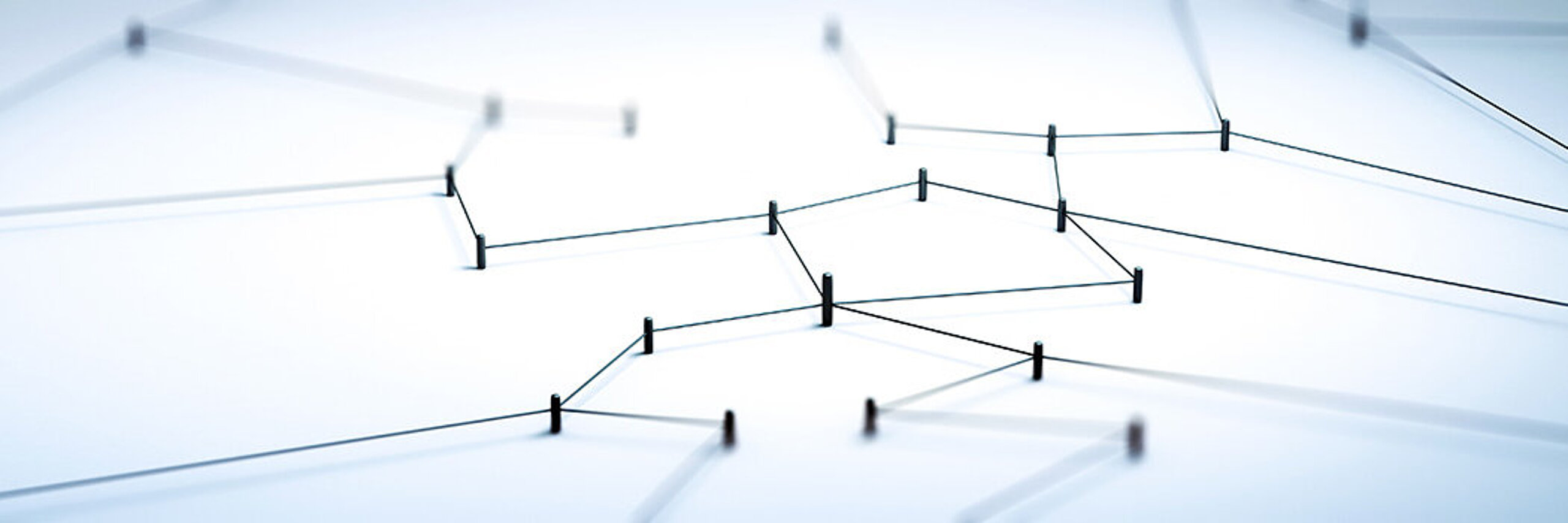Troubleshooting Endoscope Processing
Selected chat questions & answers from the webinar

The DEGEA, IVEPA, SVEP and Dr. Weigert jointly held the webinar “Troubleshooting Endoscope Processing” in July 2021. Due to time constraints, it was not possible to answer all the questions posted in the chat box. We have answered a selection of questions for you here.
What is the recommendation for processing rinsing adapters that have been used in manual pre-cleaning or manual final disinfection?
U. Beilenhoff: To date, very few rinsing adapters are available as disposable systems. That would be the ideal gold standard that would make processing redundant and also reduce the risk of cross-contamination. A new adapter set could then be used for cleaning each endoscope, as with the disposable brushes. At present, the national and international guidelines do not contain any details on processing rinsing adapters. Therefore, the manufacturer’s instructions must be followed. In the event of manual processing, the adapters are put into the disinfectant solution with the endoscope after cleaning and intermediate rinsing. The adapters are used to fill all channels with disinfectant solution, without bubbles. They then remain in the solution with the endoscope, ensuring that they are also disinfected.
If the endoscope is processed automatically in the endoscope washer-disinfector after the manual steps, there is the problem of cleaning and disinfecting these rinsing adapters. The manufacturer should draw up a corresponding processing recommendation for reusable adapters. It is always worth reading up on it or asking the manufacturer. Dr. Weigert Webinar: “Troubleshooting Endoscope Processing” Selected chat questions & answers from the webinar The rinsing adapters can be configured in very different ways:
Processing in the endoscope washer-disinfector is not usually possible for rinsing adapters with hose systems, as they do not belong to the loading templates, and consequently their processing has not been validated either. In this case, manual cleaning and disinfection would have to be carried out in line with the manufacturer’s instructions.
To what extent and at what intervals are staff training courses on processing prescribed? Is there any experience as to what is required by regulatory authorities?
U. Beilenhoff: The operator may employ only people with the relevant training and experience to process medical devices (German Medical Devices Operator Ordinance, MedPBetreibV). This is set out in detail in the Commission for Hospital Hygiene and Infection Prevention (KRINKO) guideline, Annex 6. However, the number of hours is not specified. Therefore, the German Society for Sterile Supply (DGSV) has developed an advanced training system of general and specialist courses and has now also created stand-alone vocational training as a specialist in medical device processing. General courses lasting 40 hours are offered. In the event of endoscope processing, specific endoscopy courses should always be used in order to obtain genuinely subject-specific knowledge.
Specialist courses lasting 120 hours are an opportunity to train unqualified staff. CSSD employees who are often deployed for endoscope processing usually receive the training in specialist courses. If these employees are now to process flexible endoscopes, they can receive specific refresher training on endoscope processing with a module covering 24 hours. General courses are also integrated in the advanced endoscopy training and the specialist qualification in gastroenterological endoscopy. Based on a German Medical Association module, the Association of German Gastroenterologists in Private Practice (bng) provides general courses lasting 24 hours specifically for the primary-care sector.
A periodic refresher makes perfect sense in a sensitive field like endoscopy. It is already required in the European directives and the S2 K guideline, but no durations are stipulated. The refresher courses are not yet explicitly required in the KRINKO guideline. However, they are offered throughout Germany. Authorities do check the level of training of endoscopy staff, including with regard to specialist knowledge.
How long can an endoscope be kept in the endoscope washer-disinfector in Austria before it has to be processed again?
G. Weilguny-Schöfl: According to the hospital hygiene regulations, the endoscopes must be fully dried out in a drying cabinet immediately after the end of the processing program in the endoscope washer-disinfector. If there is no drying cabinet available or if there is insufficient space, the endoscopes must be hung up in a dust-free cabinet without valves. I know that in practice, there is not always enough time to wait for the end of processing in the endoscope washer-disinfector, as otherwise overtime is incurred. However, the time-requirement calculation in an endoscopy department should incorporate a sufficient time frame for all subsequent work that arises.
Our experts: Ulrike Beilenhoff, President of the German Society of Endoscopy Nurses and Associates (DEGEA), and Gerlinde Weilguny-Schöfl, Deputy President of the Austrian Society of Endoscopy Nurses and Associates (IVEPA).